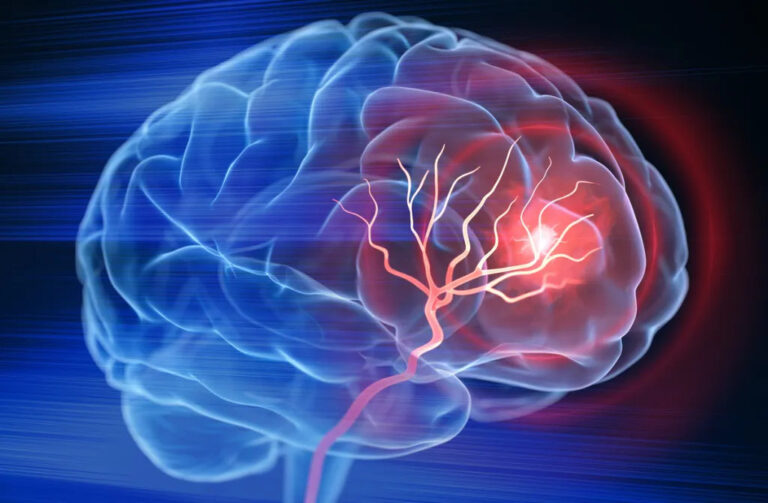Is Modafinil Safe? Key Contraindications and Safety Considerations
Modafinil is a wakefulness-promoting medication approved for specific sleep-related disorders. Unlike traditional stimulants, it works through unique pathways to improve alertness. While effective for many patients, modafinil also carries important risks and restrictions. Knowing when it is safe, and when it is not, is essential for informed use.
What Is Modafinil? Overview and Key Uses
FDA-Approved Indications
The U.S. Food and Drug Administration (FDA) has approved modafinil for adults with:
- Narcolepsy: Improves daytime wakefulness but does not treat cataplexy (FDA, 2015).
- Shift Work Sleep Disorder (SWSD): Reduces excessive sleepiness for those working night or rotating shifts (Greenblatt & Adams, 2025).
- Obstructive Sleep Apnea (OSA): Used as an adjunct to continuous positive airway pressure (CPAP) when residual sleepiness persists (FDA, 2015).
Off-Label Uses
Research continues to explore modafinil’s role beyond its approved indications:
- Attention-Deficit/Hyperactivity Disorder (ADHD): Some pediatric benefit observed, but adult studies show limited results (Greenblatt & Adams, 2025).
- Depression: May alleviate fatigue and mood symptoms in some patients, though findings remain mixed (Greenblatt & Adams, 2025).
- Fatigue in Cancer or Multiple Sclerosis: Results are inconsistent across studies (Greenblatt & Adams, 2025).
- Substance Use Disorders: A 2024 systematic review found modafinil ineffective for amphetamine-type stimulant use disorder, with higher adverse events at higher doses (Elkrief et al., 2024).
- Cognitive Enhancement in Healthy Individuals: Some studies suggest improved executive function, but benefits are modest and safety remains uncertain (McClellan & Spencer, 1998; Greenblatt & Adams, 2025).
Key Contraindications to Modafinil Use
Absolute Contraindication
- Hypersensitivity to modafinil, armodafinil, or formulation components (FDA, 2015).
Serious Dermatological Reactions
- Rare but severe skin conditions include Stevens-Johnson syndrome (SJS), toxic epidermal necrolysis (TEN), and drug rash with eosinophilia and systemic symptoms (DRESS) (FDA, 2015).
- These usually occur in the first weeks of treatment. Stop immediately if a rash develops.
Cardiovascular Concerns
- Avoid use in patients with:
- Left ventricular hypertrophy
- Mitral valve prolapse with prior stimulant-related symptoms (FDA, 2015)
- Use caution in patients with:
- Uncontrolled hypertension
- Recent myocardial infarction
- Unstable angina (Greenblatt & Adams, 2025)
Psychiatric Disorders
- Reported effects include mania, hallucinations, aggression, and suicidal ideation.
- Patients with psychiatric histories should be monitored closely; discontinue if severe symptoms occur (Greenblatt & Adams, 2025).
Other Special Populations
- Pregnancy: Animal studies show fetal harm; limited human data suggest possible congenital malformations (FDA, 2015).
- Breastfeeding: Low amounts appear in human milk; potential infant effects are uncertain (Greenblatt & Adams, 2025).
- Children: Not FDA-approved; risk of serious skin reactions including SJS (FDA, 2015).
- Older Adults: Reduced clearance; start with lower doses (McClellan & Spencer, 1998).
- Hepatic Impairment: Halve the dose in severe cases (FDA, 2015).
- Renal Impairment: No formal dosing guidelines; monitor carefully (Greenblatt & Adams, 2025).
Special Considerations for Safe Modafinil Use
Monitoring for Persistent Sleepiness
- Even with treatment, excessive sleepiness may remain.
- Patients should avoid driving or operating machinery until they know how the drug affects them (FDA, 2015).
Drug–Drug Interactions
Modafinil alters liver enzyme activity, changing the effectiveness of several medications:
- Reduces effectiveness of: Oral contraceptives, cyclosporine, midazolam, triazolam (FDA, 2015).
- May lower levels of: CYP3A4-metabolized opioids such as hydrocodone (Greenblatt & Adams, 2025).
- May increase levels of: Omeprazole, diazepam, phenytoin, propranolol (Greenblatt & Adams, 2025).
- Contraception: Backup or non-hormonal contraception is required during therapy and for one month after stopping (FDA, 2015).
Abuse Potential
- Modafinil is a Schedule IV controlled substance in the U.S.
- Lower abuse risk than amphetamines, but misuse has been reported (FDA, 2015).
Adverse Effects to Watch Out For
Common Side Effects
Rare but Severe Effects
- Multiorgan hypersensitivity reactions.
- Severe dermatological reactions (SJS, TEN, DRESS) (FDA, 2015).
Overdose and Toxicity
- Symptoms: agitation, hypertension, tachycardia, insomnia, psychosis.
- Treatment: supportive care; benzodiazepines may be used if needed (Greenblatt & Adams, 2025).
Conclusion
Modafinil offers valuable benefits for conditions like narcolepsy, OSA, and SWSD. Yet it is not safe for everyone, particularly those with hypersensitivity, cardiovascular disease, or a history of psychiatric illness. Off-label uses remain under study, with mixed evidence. Patients should always consult their healthcare provider before starting or stopping modafinil, and ongoing monitoring is essential for safe use.
References
- Elkrief, L., Sharafi, H., Bakouni, H., McAnulty, C., Bastien, G., Dubreucq, S., Garel, N., Trépanier, A., Ziegler, D., & Jutras-Aswad, D. (2024). Efficacy and safety of modafinil for treatment of amphetamine-type stimulant use disorder: A systematic review and meta-analysis of randomized placebo-controlled trials. Canadian Journal of Psychiatry, 69(11), 793–805. https://doi.org/10.1177/07067437241262967
- Greenblatt, K., & Adams, N. (2025). Modafinil. In StatPearls [Internet]. StatPearls Publishing. https://www.ncbi.nlm.nih.gov/books/NBK531476/
- McClellan, K. J., & Spencer, C. M. (1998). Modafinil: A review of its pharmacology and clinical efficacy in the management of narcolepsy. CNS Drugs, 9(4), 311–324. https://doi.org/10.2165/00023210-199809040-00006
- U.S. Food and Drug Administration. (2015). PROVIGIL® (modafinil) tablets, for oral use, C-IV [Prescribing Information]. U.S. Department of Health and Human Services. https://www.accessdata.fda.gov/drugsatfda_docs/label/2015/020717s037s038lbl.pdf








